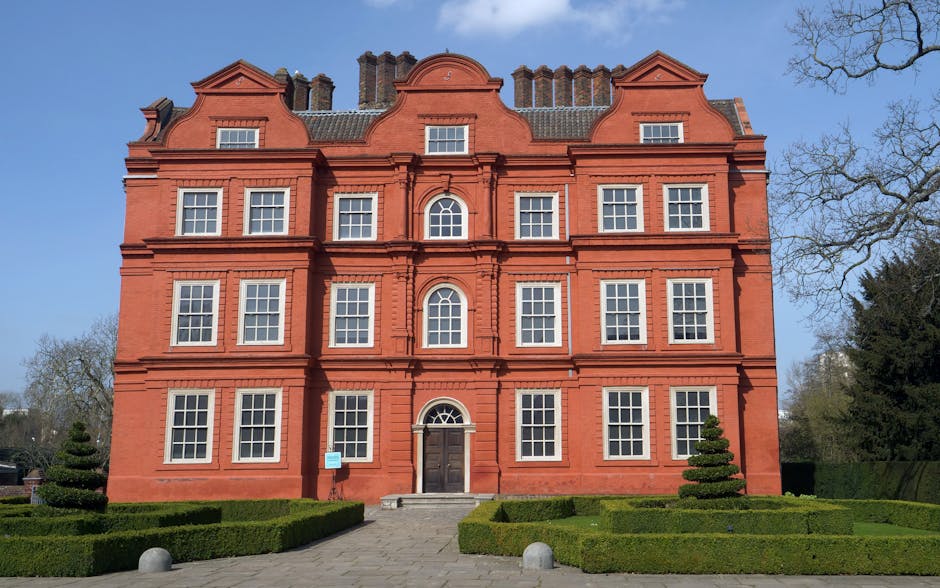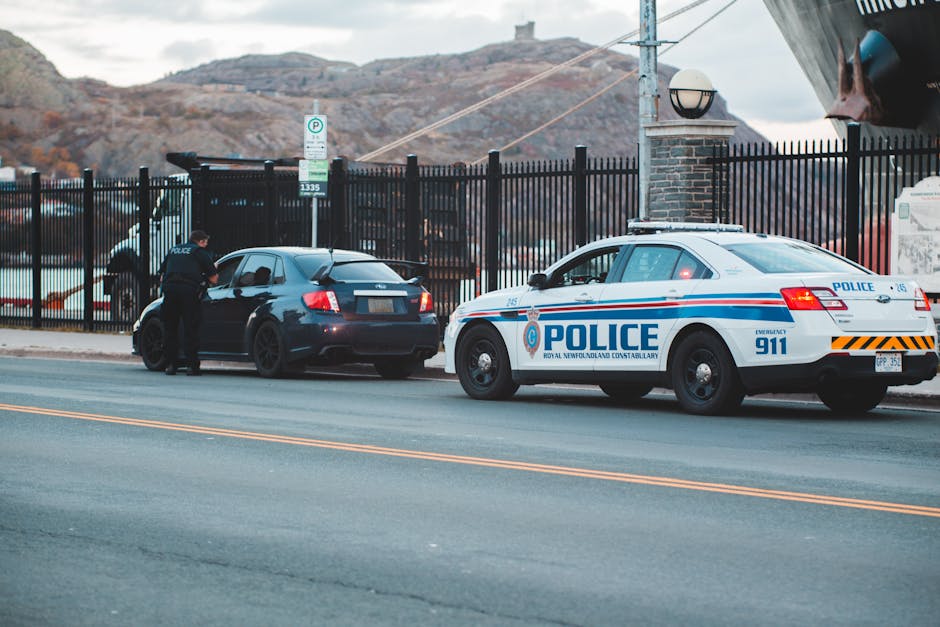Historical Crime Trends in Richmond, VA
Richmond, VA has experienced a complex evolution in crime trends over the past few decades. Understanding these historical patterns provides valuable context for current crime rates and informs the vigilance needed for home security measures.
Early 2000s to 2010s
In the early 2000s, Richmond struggled with high crime rates, particularly with violent crimes such as homicides and aggravated assaults. According to the Federal Bureau of Investigation (FBI) Uniform Crime Reporting (UCR) program, Richmond’s violent crime rate was significantly higher than the national average during this period.
A focus on community policing and sociodemographic shifts brought about gradual improvements. By the mid-2010s, crime rates began to show a downward trend. For example, the Richmond Police Department (RPD) reported a steady decline in violent crimes, including homicides, which saw a reduction from 84 cases in 2004 to 41 cases in 2014.
2015-2020
Between 2015 and 2020, Richmond continued to experience fluctuations in crime rates. The overall trend, however, was a downward movement with some years showing spikes in specific types of crimes. FBI data indicated an overall decrease in both property crimes—such as burglary, larceny-theft, and motor vehicle theft—and violent crimes.
Nevertheless, certain neighborhoods did experience higher rates of crime, which underscored the importance of localized crime prevention strategies. During this period, efforts to improve public safety included implementing advanced surveillance technologies and fostering stronger community-police relationships.
Recent Trends Post-2020
Since 2020, crime trends in Richmond have shown variability, influenced by numerous factors including the COVID-19 pandemic, economic conditions, and social issues. The pandemic, in particular, led to notable shifts. According to the 2020 Crime in Virginia report by the Virginia State Police, there was a decrease in certain property crimes, while some violent crimes like aggravated assault saw an uptick.
However, the overall trajectory of crime in Richmond remains lower compared to the early 2000s. It’s important to note these shifts as they provide insights into ongoing challenges and the efficacy of law enforcement and community strategies.
In summary, Richmond has experienced significant changes in its crime landscape over the years. By analyzing these historical trends, residents and authorities can better understand the factors that have influenced crime patterns and continue to develop informed, effective approaches to maintaining and improving home security and public safety.
Current Crime Rates and Types
Richmond, VA, has a notable history when it comes to crime statistics. Understanding the current crime rates and the types of crimes being committed is essential for residents and those considering moving to the area.
According to the FBI’s Uniform Crime Reporting (UCR) program, Richmond showed significant numbers in both violent and property crimes in the most recent data release. Violent crimes include offenses such as homicide, rape, robbery, and aggravated assault, while property crimes encompass burglary, larceny-theft, motor vehicle theft, and arson.
Violent Crime Rates
In Richmond, violent crime rates remain a point of concern. For the year 2022, the city experienced:
- Homicides: 57 reported cases, a slight decrease from the previous year.
- Rape: 212 reported cases, which has seen a minor increase.
- Robbery: 652 reported cases, showing a moderate increase.
- Aggravated Assault: 1,799 reported cases, a significant rise from the prior year.
Property Crime Rates
The property crime rate in Richmond also reveals critical insights:
- Burglary: 2,108 reported cases, showing a downward trend.
- Larceny-Theft: 10,412 reported cases, relatively stable from previous statistics.
- Motor Vehicle Theft: 1,217 reported cases, with a noticeable increase.
- Arson: 125 reported cases, remaining relatively unchanged.
Breakdown of Trends
An analysis of these numbers suggests a mixed picture for Richmond’s residents:
- While there has been a decrease in homicides and burglaries, other areas such as aggravated assaults and motor vehicle thefts have seen increases.
- The stable larceny-theft rates indicate persistent issues with theft-related crimes.
It is crucial for homeowners and potential residents to stay informed about these statistics to make educated decisions regarding home security measures and personal safety.
Neighborhood-Specific Crime Data
Richmond, Virginia, like many urban environments, experiences varying crime rates across different neighborhoods. Understanding the crime data specific to these areas can have significant implications for residents and potential homeowners concerned with security.
One of the neighborhoods known for having a higher crime rate is the central part of Richmond, encompassing downtown and surrounding areas. According to the Richmond Police Department’s data, the central neighborhood tends to report more incidents of property crimes such as burglary and theft. In contrast, violent crimes also occur but at a moderately lower rate compared to property crimes.
In the Far West End of Richmond, crime rates tend to be lower compared to central Richmond. The data indicates that these areas experience fewer cases of both violent and property crimes. These neighborhoods are often considered safer, and the overall crime occurrences are less frequent. This could potentially be beneficial in terms of home security considerations, with less frequent break-ins and thefts reported in the area.
The Southside region of Richmond shows a mixed pattern when it comes to crime statistics. Some neighborhoods within this region have moderate to high crime rates, particularly concerning property crimes. However, other parts of Southside show lower crime rates, making it a more complex area to categorize without more detailed, block-by-block data.
Moving north, neighborhoods like the Northside area also exhibit variation in crime data. Certain sections within this region face issues with both property and violent crimes. However, like Southside, other areas in Northside maintain lower crime rates, creating a diverse crime landscape even within a single neighborhood.
Overall, the variation in crime data across different neighborhoods in Richmond suggests that residents and those considering moving to the area should assess neighborhood-specific crime statistics. This can better inform their decisions regarding home security measures and their general sense of safety.
Factors Influencing Crime Rates
Several factors influence crime rates in Richmond, VA, as well as crime rates in other cities. Understanding these factors can provide insight into the dynamics of crime and how it might affect home security.
1. Socioeconomic Conditions:
Socioeconomic conditions are a significant determinant of crime rates. Areas with high poverty levels and unemployment tend to have higher crime rates. According to the U.S. Census Bureau, Richmond has had pockets of high unemployment and poverty, which correlate with higher incidences of certain types of crime.
2. Education Levels:
Education is another critical factor. Studies have shown that areas with lower education levels tend to experience higher crime rates. Richmond has made strides in improving education, but disparities still exist, contributing to variations in crime levels across different neighborhoods.
3. Population Density and Urbanization:
High population density and urbanization often correlate with increased opportunities for crime. Richmond, as an urban area, faces challenges related to densely populated neighborhoods, which can lead to higher crime rates compared to less populated rural areas.
4. Law Enforcement Presence:
The presence and effectiveness of law enforcement can significantly impact crime rates. Richmond Police Department’s strategies, community policing efforts, and response times all play crucial roles in crime prevention and reduction.
5. Social and Community Structures:
Strong social networks and community structures can act as deterrents to crime. Richmond’s neighborhoods with active community organizations and neighborhood watches tend to report lower crime rates due to increased vigilance and collective responsibility.
6. Drug and Gang Activity:
Drug-related crimes and gang activity are known to elevate overall crime rates. Richmond has faced issues with drug trafficking and gang presence, which contribute to not just drug offenses but also related violent crimes.
7. Economic Development:
Economic development initiatives can have a positive impact on reducing crime by providing employment opportunities and improving living standards. Richmond has been focusing on economic growth, which in turn can help lower crime rates by addressing one of its root causes.
Understanding these factors is essential for developing effective crime prevention strategies and improving home security. Each factor is interlinked, and addressing them requires a multifaceted approach involving law enforcement, community efforts, and economic policies.
Impact on Home Security Measures
Home security is a critical concern for residents of Richmond, VA, given the city’s crime statistics. Understanding the impact of these statistics on home security measures is essential for homeowners and renters alike.
Increasing crime rates have prompted many Richmond’s residents to seek enhanced home security solutions. According to the latest data, property crimes, including burglary and theft, have been on a notable rise in certain neighborhoods. This uptick in property crimes underscores the importance of adopting robust security measures.
One significant effect of rising crime statistics is the growth in demand for advanced security technologies. Many Richmond’s residents are now investing in modern security systems, which include features like surveillance cameras, motion detectors, and smart locks. These technologies not only act as deterrents but also provide critical evidence in case of criminal activity.
Furthermore, the increase in crime has also led to greater awareness and participation in neighborhood watch programs. These community-led initiatives help to create a collaborative approach to crime prevention, encouraging residents to look out for each other and report suspicious activities.
Insurance companies have also adapted to the city’s crime statistics by offering incentives for homes equipped with adequate security measures. Homeowners in Richmond can often receive discounts on their insurance premiums if they install approved security systems, making it financially beneficial to invest in home security.
Another important consideration is landscape management. The Richmond Police Department advises that maintaining clear sight lines around properties and ensuring adequate lighting can further deter criminal activities. Simple actions such as trimming overgrown bushes and installing motion-activated lights can significantly enhance a home’s security profile.
In conclusion, the crime statistics in Richmond, VA, have a tangible impact on the home security measures adopted by its residents. By staying informed and taking proactive steps, homeowners can better protect their properties and contribute to the overall safety of their neighborhoods.
Community Initiatives and Law Enforcement Efforts
In Richmond, VA, various community initiatives and law enforcement efforts aim to address and reduce crime rates, ultimately fostering a safer environment for residents. These initiatives come in many forms, ranging from community-based programs to specific law enforcement strategies.
One significant community initiative is the Richmond Police Department’s Community Engagement Program. This program seeks to build trust and cooperation between the police and community members through regular meetings, public forums, and collaborative activities. The goal is to encourage residents to share information and work together with law enforcement to address local concerns.
The city has also seen the implementation of Neighborhood Watch Programs, where residents band together to monitor and report suspicious activities in their neighborhoods. These programs are important as they foster a sense of collective responsibility and vigilance, often acting as a deterrent to potential criminal activities.
Another noteworthy initiative is the Crime Prevention Through Environmental Design (CPTED) strategy. CPTED involves modifying the physical environment to reduce opportunities for crime, which includes improving lighting, removing obstructions that could provide cover for criminal activities, and designing public spaces to encourage natural surveillance.
Law enforcement efforts include the use of data-driven policing techniques such as predictive analytics to identify and proactively address potential crime hotspots. This involves analyzing crime data to allocate resources more efficiently and effectively, ensuring that law enforcement presence is concentrated in areas with higher risks of criminal activities.
Additionally, the Richmond Police Department has introduced various outreach programs aimed at youth and at-risk individuals. Programs such as the Police Athletic League (PAL) offer recreational and educational opportunities to foster positive relationships between young people and law enforcement, as well as to provide constructive alternatives to illegal activities.
Beyond these efforts, partnerships with local organizations and businesses also play a vital role. Collaboration with groups like the Richmond Crime Stoppers allows for anonymous reporting of crimes, enhancing community involvement in crime prevention.
Overall, a combination of community initiatives and targeted law enforcement efforts are critical in addressing crime in Richmond, VA. These collaborative approaches strive not only to reduce crime rates but also to promote a safer, more secure environment for all residents.





